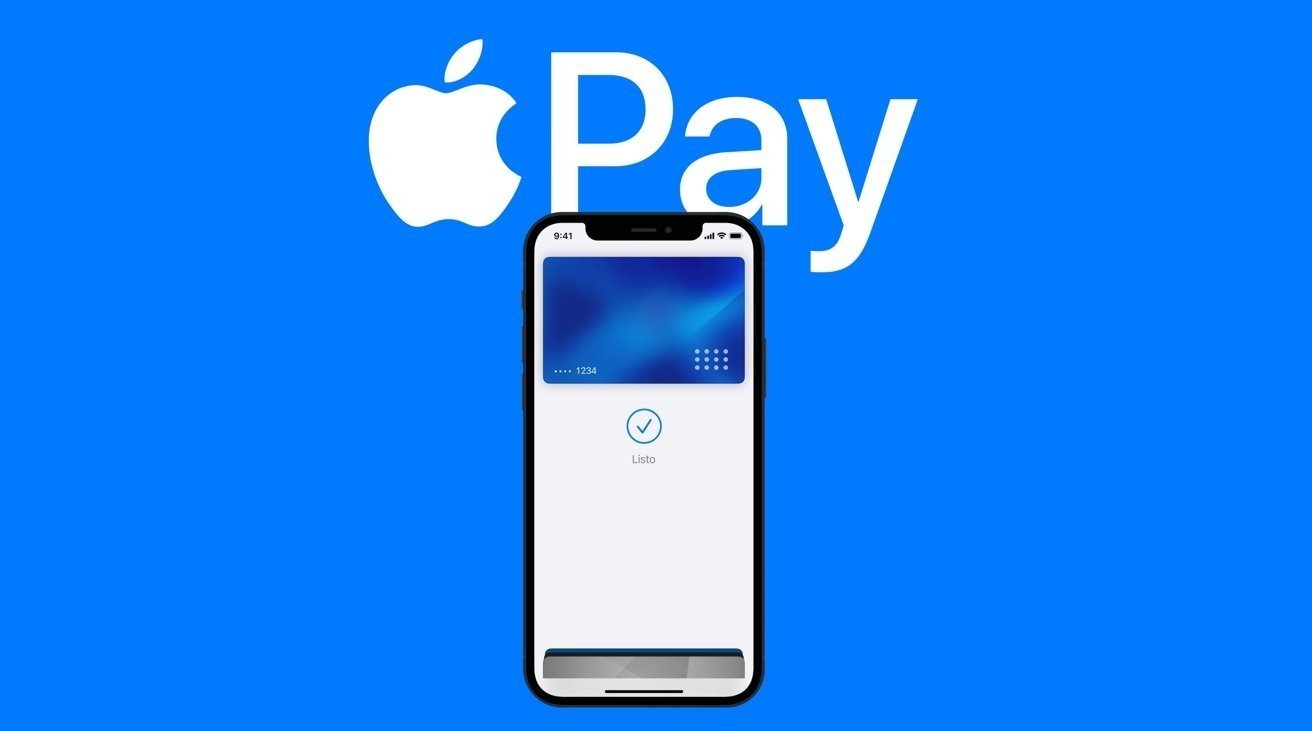Top 5 Decision-Making Frameworks for Effective Leadership
Sandeep Kashyap, CEO, ProofHubMay 21, 20254 Min ReadEugene Sergeev via Alamy StockIt’s normal to feel nervous when you have to make big decisions at work. After all, you never know how things will turn out. Fortunately, decision-making frameworks can help lessen those nerves and boost your confidence. They bring structure and clarity by bringing practical, proven methods that turn chaos into clarity. For IT leaders, these frameworks support critical thinking, confident action, and smarter choices -- even under pressure. Most importantly, they help you cut through the noise and ensure every decision stays aligned with your long-term business goals. This blog post will walk you through the five frameworks for effective decision-making that can help IT leaders make more informed decisions. Each one is designed to help you simplify complexity and lead with greater impact. Importance of Decision-Making FrameworksDecision-making frameworks bring consistency and logic to the decision-making process. They help you break things down and focus on the essentials. Here are the benefits of using these frameworks. Make your objectives clear: Structured decision-making frameworks help you cut through the noise and focus on what matters most, ensuring every decision aligns with your objectives. Bring teams together: The frameworks allow you to involve the right people and ensure everyone is on the same page. Related:Avoid costly mistakes: IT decisions often involve significant investments, such as new software and infrastructure upgrades. The framework helps you assess potential risk upfront and make deliberate choices. 5 Decision-Making Frameworks Every Leader Should KnowA decision-making framework provides clarity and consistency to make better decisions. Here are five frameworks that can sharpen your thinking and strengthen your leadership. 1. RAPID RAPID is a decision-making framework that helps clarify who is responsible for what when multiple stakeholders are involved. Each letter in RAPID represents a key role in the decision-making process: Recommend: The person in this role leads the effort by gathering data, analyzing options, and proposing a well-informed recommendation. Agree: These stakeholders have to work closely with the recommender to shape the best possible decision. Perform: This is the individual or team responsible for executing the decision once it's made. Input: These contributors offer valuable insights, expertise, or context that inform the recommendation. Decide: The final authority that makes the call and commits the organization to move forward. This role carries accountability for the outcome. Related:2. SPADE The SPADE framework breaks down each step of the structured decision-making process so that you can reach an informed and critical conclusion. It’s especially helpful when decisions involve multiple teams, limited time, and high visibility. Each letter in SPADE represents a crucial phase in the decision-making process: Setting: Define the decision’s scope, goal, and constraints. People: Identify and engage relevant stakeholders such as decision-makers, influencers, and executors. Alternatives: Generate options related to the decision based on criteria like cost, security, and scalability. Decide: Evaluate all options and select the best course of action. You can avoid negative consequences and bias through objective methods like private voting. Explain: Clearly document and explain the rationale behind a decision to ensure alignment across teams and maintain accountability for outcomes. 3. OODA loop The OODA loop is a four-step approach to decision-making that focuses on filtering available information, putting it in context, and quickly making the most appropriate decision. Related:The word OODA stands for: Observe: Monitor system performance, team dynamics, and industry trends to gather relevant and timely data. Orient: Analyze the information you have collected to understand the context, challenges, and opportunities. Decide: Based on your analysis, choose the most effective course of action. Act: Implement the decision quickly and efficiently. Once action is taken, the loop restarts—each decision and outcome creates new conditions to observe and evaluate. 4. Eisenhower MatrixThe Eisenhower Matrix is a task prioritization technique that helps make decisions related to tasks. It helps you organize tasks into four quadrants, based on the urgency and importance, and suggests appropriate action for tasks in each quadrant. It ensures that essential tasks are completed first, contributing to the success of projects and goals. Here is what the Eisenhower matrix includes: QuadrantDescription Action DoImportant and urgent Handle these immediately ScheduleImportant but not urgent Schedule these for later DelegateUrgent but not important Assign these to others if possible DeleteNeither urgent nor important Consider removing these altogether 5. Decision TreeA decision tree is a graphical representation that helps IT leaders map out the possible outcomes of different decisions. It helps leaders assess risks, rewards, and the potential consequences of each choice before committing to a path. Decision trees are most useful in complex decision-making processes where multiple scenarios are involved. ConclusionIT leaders deal with tough decisions every day. Which project should be prioritized? Should we adopt new tools or improve the existing ones? Who should get what tasks? To handle these challenges, leaders can use frameworks for effective decision-making like RAPID, SPADE, OODA, Eisenhower Matrix, and decision trees. These tools help bring structure and clarity to tough decisions, making it easier to move forward with confidence in a fast-changing business world. About the AuthorSandeep KashyapCEO, ProofHubSandeep Kashyap, the visionary CEO of ProofHub, boasts over 25 years of IT industry experience. He's a recognized luminary known for innovation and agility. His contributions extend to project management insights and leadership, growth and entrepreneurship. His practical expertise is evident in ProofHub's success. Recognized as Top Leadership Voice on Linkedin, Sandeep’s contributions provide invaluable insight for leaders and professionals seeking to create thriving workplaces.See more from Sandeep KashyapWebinarsMore WebinarsReportsMore ReportsNever Miss a Beat: Get a snapshot of the issues affecting the IT industry straight to your inbox.SIGN-UPYou May Also Like
#top #decisionmaking #frameworks #effective #leadership
Top 5 Decision-Making Frameworks for Effective Leadership
Sandeep Kashyap, CEO, ProofHubMay 21, 20254 Min ReadEugene Sergeev via Alamy StockIt’s normal to feel nervous when you have to make big decisions at work. After all, you never know how things will turn out. Fortunately, decision-making frameworks can help lessen those nerves and boost your confidence. They bring structure and clarity by bringing practical, proven methods that turn chaos into clarity. For IT leaders, these frameworks support critical thinking, confident action, and smarter choices -- even under pressure. Most importantly, they help you cut through the noise and ensure every decision stays aligned with your long-term business goals. This blog post will walk you through the five frameworks for effective decision-making that can help IT leaders make more informed decisions. Each one is designed to help you simplify complexity and lead with greater impact. Importance of Decision-Making FrameworksDecision-making frameworks bring consistency and logic to the decision-making process. They help you break things down and focus on the essentials. Here are the benefits of using these frameworks. Make your objectives clear: Structured decision-making frameworks help you cut through the noise and focus on what matters most, ensuring every decision aligns with your objectives. Bring teams together: The frameworks allow you to involve the right people and ensure everyone is on the same page. Related:Avoid costly mistakes: IT decisions often involve significant investments, such as new software and infrastructure upgrades. The framework helps you assess potential risk upfront and make deliberate choices. 5 Decision-Making Frameworks Every Leader Should KnowA decision-making framework provides clarity and consistency to make better decisions. Here are five frameworks that can sharpen your thinking and strengthen your leadership. 1. RAPID RAPID is a decision-making framework that helps clarify who is responsible for what when multiple stakeholders are involved. Each letter in RAPID represents a key role in the decision-making process: Recommend: The person in this role leads the effort by gathering data, analyzing options, and proposing a well-informed recommendation. Agree: These stakeholders have to work closely with the recommender to shape the best possible decision. Perform: This is the individual or team responsible for executing the decision once it's made. Input: These contributors offer valuable insights, expertise, or context that inform the recommendation. Decide: The final authority that makes the call and commits the organization to move forward. This role carries accountability for the outcome. Related:2. SPADE The SPADE framework breaks down each step of the structured decision-making process so that you can reach an informed and critical conclusion. It’s especially helpful when decisions involve multiple teams, limited time, and high visibility. Each letter in SPADE represents a crucial phase in the decision-making process: Setting: Define the decision’s scope, goal, and constraints. People: Identify and engage relevant stakeholders such as decision-makers, influencers, and executors. Alternatives: Generate options related to the decision based on criteria like cost, security, and scalability. Decide: Evaluate all options and select the best course of action. You can avoid negative consequences and bias through objective methods like private voting. Explain: Clearly document and explain the rationale behind a decision to ensure alignment across teams and maintain accountability for outcomes. 3. OODA loop The OODA loop is a four-step approach to decision-making that focuses on filtering available information, putting it in context, and quickly making the most appropriate decision. Related:The word OODA stands for: Observe: Monitor system performance, team dynamics, and industry trends to gather relevant and timely data. Orient: Analyze the information you have collected to understand the context, challenges, and opportunities. Decide: Based on your analysis, choose the most effective course of action. Act: Implement the decision quickly and efficiently. Once action is taken, the loop restarts—each decision and outcome creates new conditions to observe and evaluate. 4. Eisenhower MatrixThe Eisenhower Matrix is a task prioritization technique that helps make decisions related to tasks. It helps you organize tasks into four quadrants, based on the urgency and importance, and suggests appropriate action for tasks in each quadrant. It ensures that essential tasks are completed first, contributing to the success of projects and goals. Here is what the Eisenhower matrix includes: QuadrantDescription Action DoImportant and urgent Handle these immediately ScheduleImportant but not urgent Schedule these for later DelegateUrgent but not important Assign these to others if possible DeleteNeither urgent nor important Consider removing these altogether 5. Decision TreeA decision tree is a graphical representation that helps IT leaders map out the possible outcomes of different decisions. It helps leaders assess risks, rewards, and the potential consequences of each choice before committing to a path. Decision trees are most useful in complex decision-making processes where multiple scenarios are involved. ConclusionIT leaders deal with tough decisions every day. Which project should be prioritized? Should we adopt new tools or improve the existing ones? Who should get what tasks? To handle these challenges, leaders can use frameworks for effective decision-making like RAPID, SPADE, OODA, Eisenhower Matrix, and decision trees. These tools help bring structure and clarity to tough decisions, making it easier to move forward with confidence in a fast-changing business world. About the AuthorSandeep KashyapCEO, ProofHubSandeep Kashyap, the visionary CEO of ProofHub, boasts over 25 years of IT industry experience. He's a recognized luminary known for innovation and agility. His contributions extend to project management insights and leadership, growth and entrepreneurship. His practical expertise is evident in ProofHub's success. Recognized as Top Leadership Voice on Linkedin, Sandeep’s contributions provide invaluable insight for leaders and professionals seeking to create thriving workplaces.See more from Sandeep KashyapWebinarsMore WebinarsReportsMore ReportsNever Miss a Beat: Get a snapshot of the issues affecting the IT industry straight to your inbox.SIGN-UPYou May Also Like
#top #decisionmaking #frameworks #effective #leadership
·89 Views









